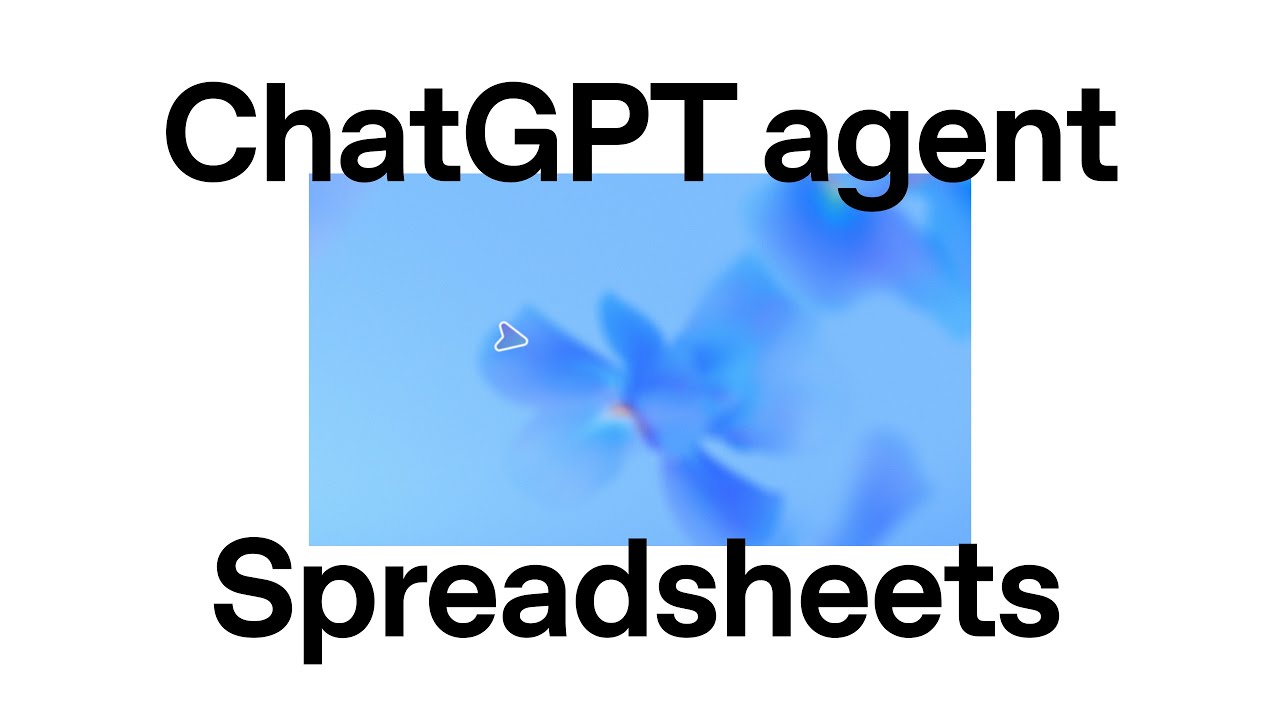John from OpenAI demonstrates how an AI agent can efficiently automate the extraction and compilation of San Francisco’s budget data from multiple PDFs into a well-organized spreadsheet, achieving about 98% accuracy. He emphasizes that using AI agents for such tasks can save significant time and reduce manual effort, encouraging broader adoption as the technology evolves.
In the video, John, a member of the deep research and agents teams at OpenAI, discusses the evolving role of AI agents in assisting with complex tasks. He acknowledges that while the world may take time to fully embrace an AI agent-centric approach, it is important to leverage AI capabilities to meet current needs effectively. John introduces a practical use case involving budget management, a task that typically consumes several hours of manual work.
John demonstrates how an AI agent can automate the process of compiling budget data by sourcing information on the city of San Francisco’s annual budget expenses and revenues over the past five years. The agent autonomously performs a web search to locate the relevant data on the San Francisco city government website. It then accesses multiple PDF files containing the budget details, utilizing its own file system to manage these documents.
The AI agent proceeds to extract approximately 200 numerical data points from each PDF, a task that would normally be time-consuming and tedious for a human. After gathering all the necessary information, the agent compiles it into a single, well-organized spreadsheet. This spreadsheet is formatted according to specific instructions, ensuring that the final output is both accurate and user-friendly.
John highlights the efficiency of this process by noting that the AI agent operates independently, allowing him to step away from his computer while the task is completed. Upon reviewing the final spreadsheet, he found that the agent achieved about 98% accuracy in capturing the relevant data. Minor revisions were needed, but these were easily handled either directly in Excel or through further interaction with the AI.
In conclusion, John encourages viewers to try using AI agents for similar tasks, emphasizing the significant time savings they can offer. Even if the AI completes 90 to 95% of the work, it substantially reduces the manual effort required. This example showcases the practical benefits of integrating AI agents into everyday workflows, paving the way for broader adoption as the technology continues to mature.
